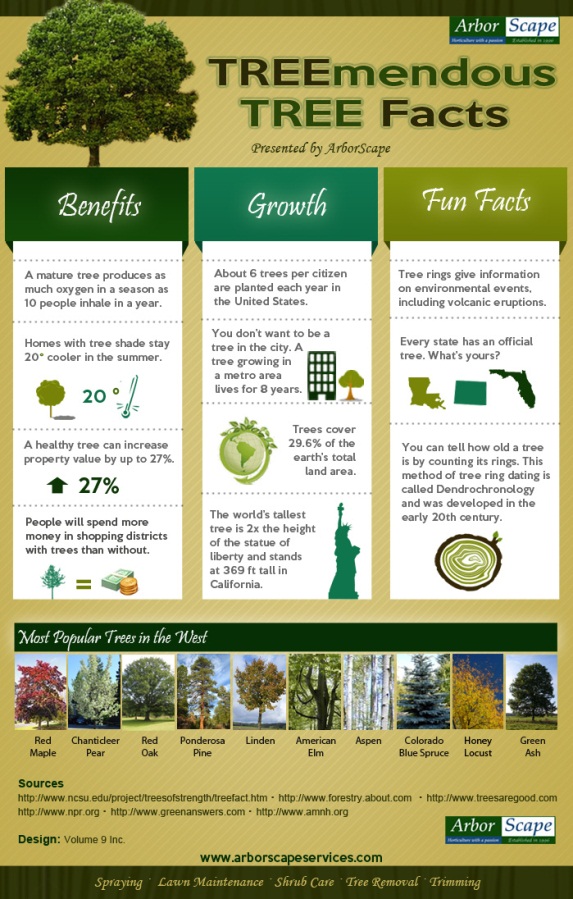Post-Tree Removal Maintenance Is Important For Restoring Your Landscape; Learn Key Steps To Renew Your Location And Avoid Possible Problems
Post-Tree Removal Maintenance Is Important For Restoring Your Landscape; Learn Key Steps To Renew Your Location And Avoid Possible Problems
Blog Article
Posted By-Powell Leblanc
After a tree's elimination, your landscape may look fairly different, and it's essential to assess the after-effects thoroughly. You'll wish to evaluate the soil disruption and inspect bordering plants for any kind of signs of tension. Neglecting these elements can lead to larger troubles down the line. So, what should you finish with those stumps and roots? And just how do you pick the best plants for your revitalized room? Allow's check out these vital steps.
Examining the Results: Reviewing Your Landscape
After a tree removal, it's critical to analyze your landscape to understand the influence it has on your yard.
Begin by analyzing the location where the tree stood. Try to find signs of dirt disruption, and inspect the surrounding plants for any kind of anxiety or damage.
Pruning A Tree must additionally remember of how the elimination has actually changed sunshine exposure and air flow in your yard. This change can affect the development of close-by plants, so it's necessary to review their health.
Think about the visual facets also; the elimination may produce an open space that you can redesign.
Finally, consider any type of possible erosion issues that could emerge from the tree's lack. Resolving these elements early will assist restore balance to your landscape.
Managing Stumps and Origins: Choices for Elimination
Once you have actually evaluated the results of the tree removal, you'll likely need to deal with the stump and origins left.
You have a few alternatives for elimination. One reliable technique is stump grinding, where a specialist uses a machine to grind the stump down to underground degree. This approach leaves minimal disturbance to your landscape.
If you choose a DIY method, you can utilize a mix of digging and chemical stump cleaners. Just bear in mind, this process can require time and effort.
Conversely, think about leaving the stump as a natural function, which can serve as an one-of-a-kind garden element or habitat for wildlife.
Whatever you select, addressing the stump and origins is important for recovering your landscape.
Picking the Right Plant Kingdoms for Your New Space
As you examine your freshly gotten rid of room, selecting the right plants can considerably enhance your landscape's appeal and capability.
Beginning by taking into consideration the sunshine and soil problems. For sunny locations, go with drought-resistant plants like lavender or succulents. In shaded spots, brushes and hostas grow well.
Think of the size and development routines of your plants; mix perennials and annuals for seasonal variety. Do not neglect to include indigenous varieties; they require much less maintenance and assistance neighborhood wildlife.
Team plants in weird numbers for a much more all-natural appearance and develop layers for visual deepness.
Finally, How To Prune A Tree have a mix of shades and appearances to keep your landscape dynamic throughout the periods.
Pleased planting!
Verdict
In conclusion, restoring your landscape after tree elimination is a gratifying procedure. By analyzing the consequences, addressing stumps and roots, and selecting the right plants, you'll produce a growing setting. Do not forget to incorporate disintegration control steps to safeguard your soil. With a little initiative and treatment, you can change your room into a dynamic garden that enhances your home. Accept the chance to renew your landscape and appreciate the appeal of nature right in your backyard!
